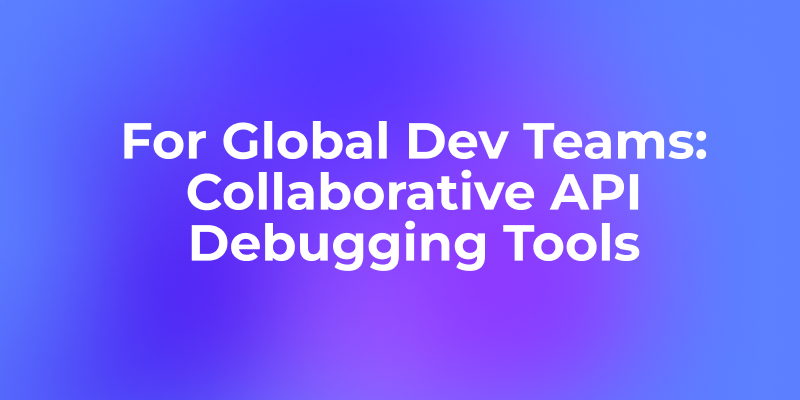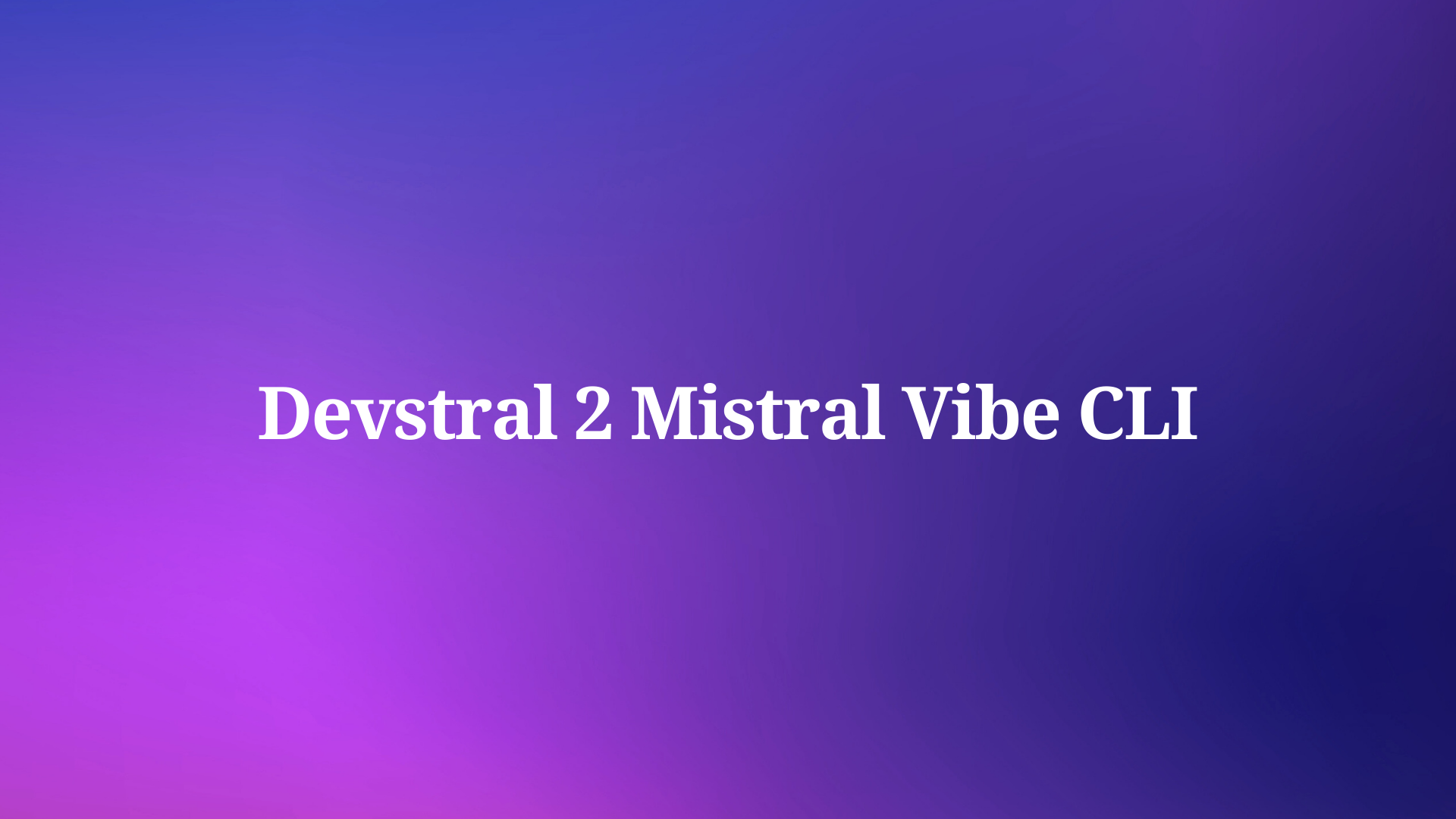When developers are building applications that require connecting clients to servers or external servers, a key variable that needs to be heavily considered is the communication method.
With Apidog, developers can build, test, mock, and document APIs within a single application. To learn more about the functionalities Apidog can provide, make sure to click the button below.

This is where the primary debate of which is better emerges: WebSocket or REST? Thankfully, these two technologies have their respective specialties and architectural characteristics, making them excel over the other in certain situations.
WebSocket vs REST Key Differences
Communication Style
RESTful APIs (Stateless, Request-Response Cycle):
- Relies on the HTTP protocol, similar to how web browsers interact with websites.
- Each interaction involves a distinct request-response cycle.
- The client sends a request specifying the desired action (e.g., GET, POST, PUT, DELETE) and target resource (URL).
- The server processes the request, retrieves or manipulates data, and sends a response back to the client with a status code (e.g., 200 for success, 404 for not found) and potentially data in the body.
- Requires re-establishing the connection for each request, leading to higher overhead and potential latency.
- Well-suited for retrieving or modifying data that doesn't require constant updates.
WebSockets (Stateful, Persistent Connection with Bi-directional Communication)
- Establishes a single, persistent connection between client and server after an initial handshake.
- Allows for bi-directional communication, where both parties can send and receive data at any point in the connection.
- Messages are lightweight and designed for real-time data exchange.
- Reduces overhead and latency compared to RESTful APIs due to the persistent connection.
- Ideal for applications requiring continuous updates or real-time interactions.
Data Flow
RESTful APIs (One-way, Client Initiates Requests):
- Data flow is primarily one-way, with the client initiating requests to the server.
- The server doesn't typically push data to the client unless specifically requested.
- Requires clients to poll the server periodically to check for updates, leading to inefficient use of resources for real-time scenarios.
WebSockets (Two-way, Data Can Flow in Both Directions):
- Enables two-way data flow, allowing both client and server to send and receive messages as needed.
- The server can proactively push updates to connected clients, facilitating real-time communication.
- This two-way flow is ideal for applications like chat, where messages need to be delivered instantly.
Latency
RESTful APIs (Higher Latency):
- Repeated connection establishment and request-response cycles introduce additional latency.
- This delay can be noticeable in applications requiring real-time updates.
WebSockets (Lower Latency):
- Leverages the persistent connection, eliminating the need for frequent re-establishment, resulting in lower latency.
- This low latency is crucial for applications where immediate data delivery is critical (e.g., stock tickers, and multiplayer games).
When to Choose WebSocket or REST
Selecting the appropriate API approach (RESTful or WebSockets) depends on the specific needs of your application. Here's a breakdown of key factors to consider:
Need for Real-time Updates
Real-time Required: If your application demands constant data updates or immediate user interactions (e.g., chat applications, live dashboards, collaborative editing), WebSockets are a clear choice. Their low latency and bi-directional communication ensure data flows seamlessly in real time.
Real-time Not Essential: For applications where updates happen periodically or don't require immediate delivery (e.g., downloading files, updating user profiles, retrieving product information), RESTful APIs are sufficient. Their simplicity and wide support make them a good fit for these scenarios.
Frequency of Data Exchange
Frequent Data Exchange: WebSockets excel in scenarios with frequent data exchange between client and server. The persistent connection avoids overhead associated with repeated connections in RESTful APIs, leading to improved performance and efficiency.
Infrequent Data Exchange: If data exchange occurs infrequently (e.g., occasionally fetching news articles or submitting forms), RESTful APIs are perfectly suitable. Their simpler implementation might be advantageous for these situations.
Importance of Low Latency
Low Latency Critical: WebSockets are essential for applications where even slight delays can significantly impact user experience (e.g., stock tickers, multiplayer games, live auctions). Their low latency ensures data delivery happens with minimal lag.
Latency Not Crucial: RESTful APIs can handle situations where latency isn't a major concern. For instance, if users can tolerate a slight delay when updating their profile picture, RESTful APIs offer a sufficient solution.
Additional Considerations
Complexity: WebSockets might require slightly more development effort due to establishing and managing the persistent connection. However, libraries and frameworks can simplify this process.
Scalability: Both RESTful APIs and WebSockets can be scaled effectively, but scaling strategies may differ depending on the implementation.
Tabulated Summary Of Ideal Approach for Common Use Cases
| Use Case | Ideal Approach |
|---|---|
| Real-time chat application | WebSockets |
| Live stock price updates | WebSockets |
| Downloading a large file | RESTful API |
| Updating a user profile | RESTful API |
| Collaborative document editing | WebSockets |
| Submitting a form with occasional data updates | RESTful API |
Apidog - Streamline API Development Processes
Whether you are choosing WebSockets or REST as your communication method between clients and servers, you must have a capable API tool that can support your API development processes.

Apidog equips developers with complete tools for the entire API lifecycle, eliminating the need to download additional applications for API and app development.
Creating a New Endpoint with Apidog

First, create a new endpoint with Apidog.

Proceed by selecting which HTTP method you wish, such as GET, POST, PUT, and DELETE. You should also:
- Set the API URL (or API endpoint) for client-server interaction
- Include one/multiple parameters to be passed in the API URL
- Provide a description of what functionality the API aims to provide.
Start Designing WebSocket APIs With Apidog
You can easily begin creating a WebSocket API in an HTTP project.
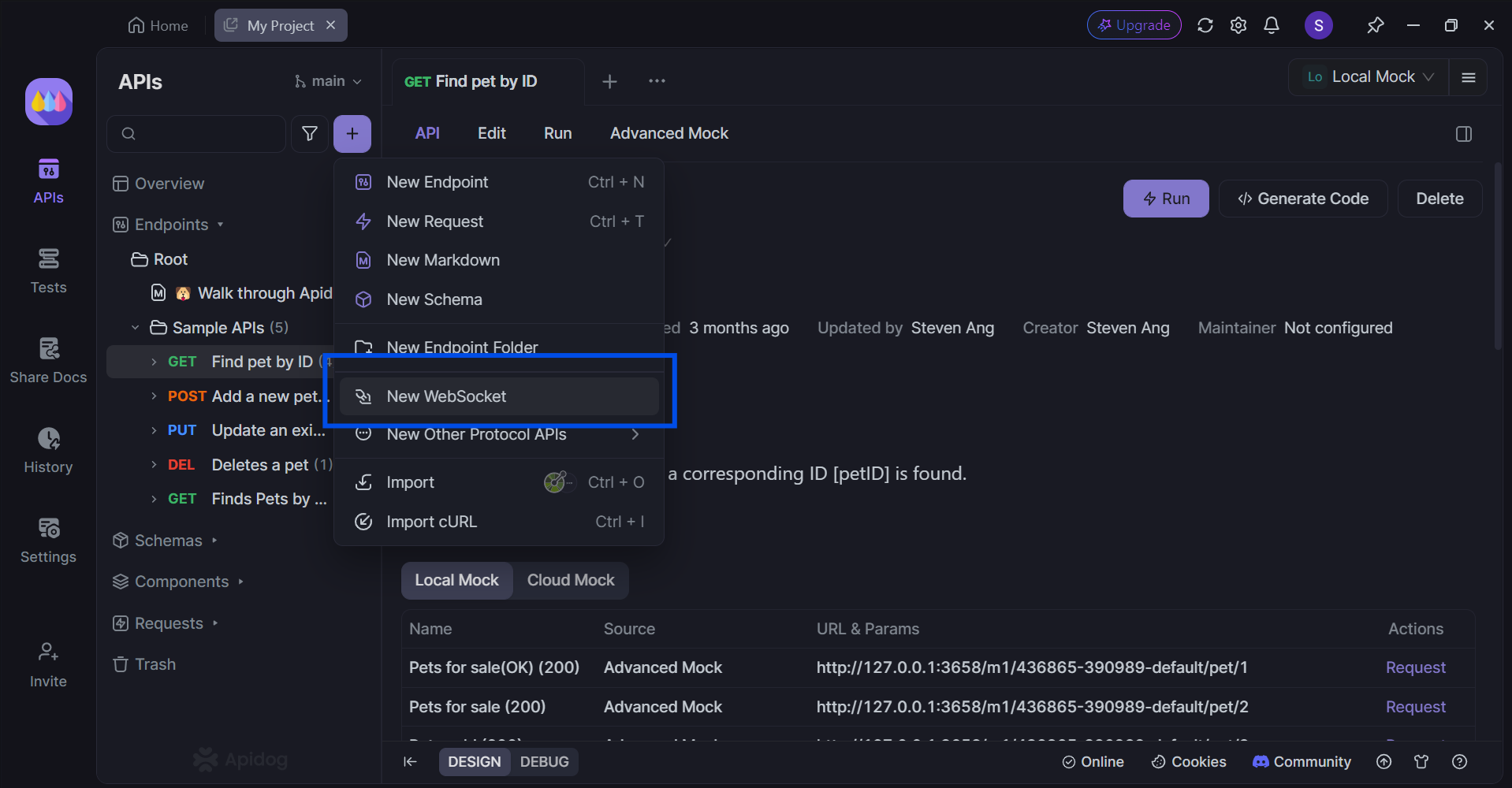
First, create a new API, and hover above the purple + button, as shown in the image above. This will show a drop-down menu. Proceed by selecting New WebSocket.
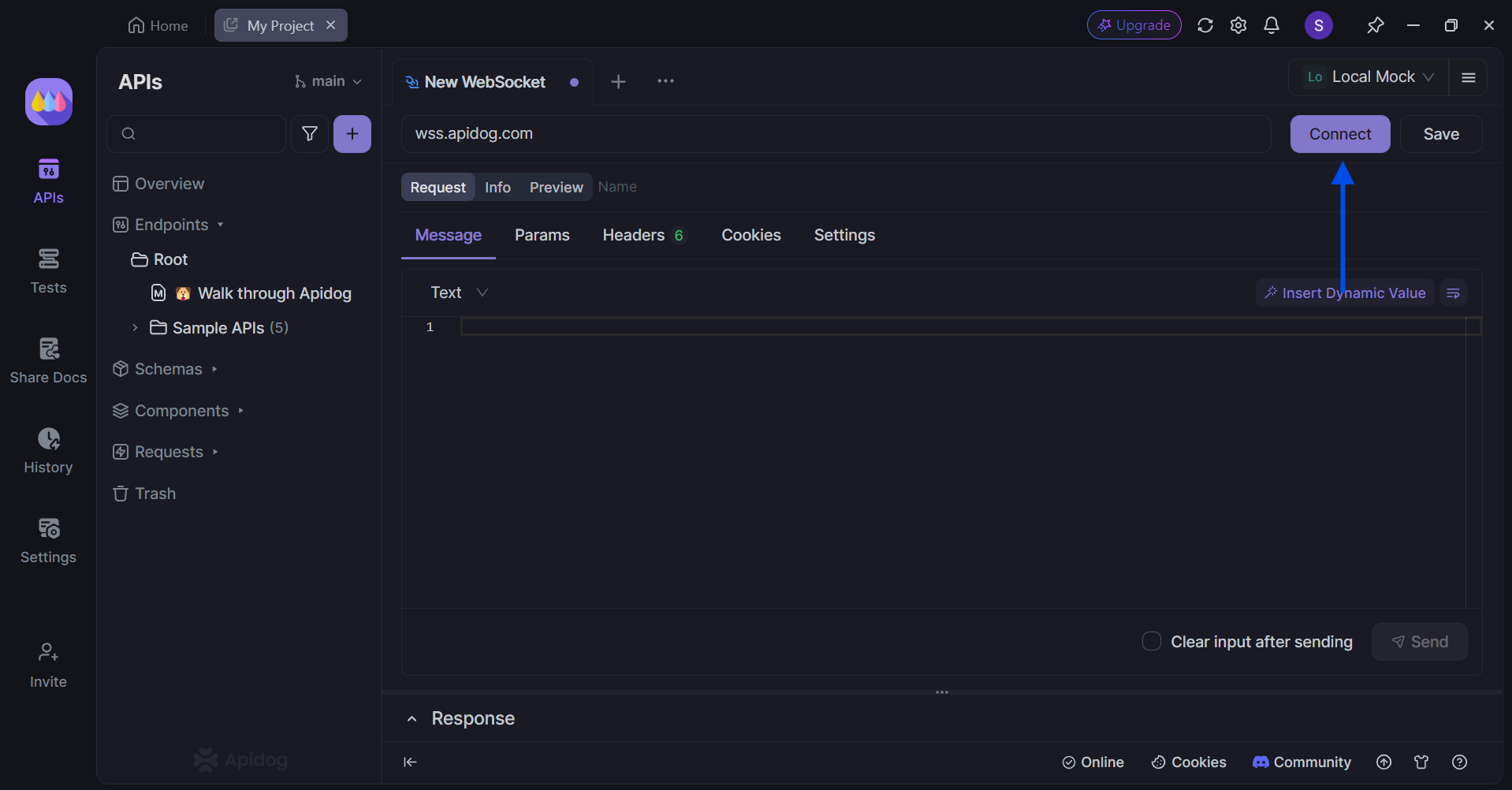
Once you have included the URL, press the Connect button to establish a WebSocket connection.
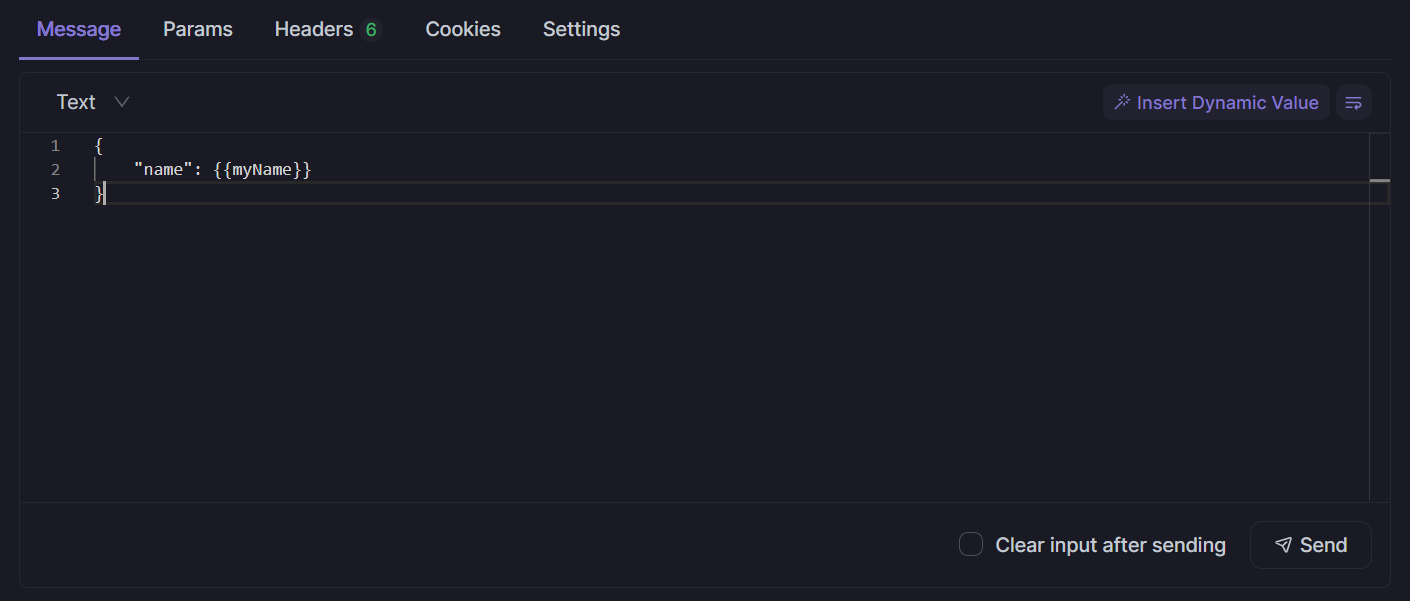
Finally, you can compose a message that you wish to send over. This includes text formats such as Text, JSON, XML, and HTML, or in binary formats using Base64 or Hexadecimal.
Apidog will syntax highlight the message content based on the selected message format. Input content is formattable as well if the message is in JSON, XML, or HTML.
Adding Handshake Request Parameters

With Apidog, you can also change the parameters required to pass during WebSocket handshakes, such as Params,Headers,Cookies to meet authentication or other complex scenarios.
Conclusion
Both RESTful APIs and WebSockets are powerful tools for building web applications. RESTful APIs excel in their simplicity, versatility, and wide adoption. They are ideal for retrieving or manipulating data that doesn't require constant updates. WebSockets, on the other hand, shine in real-time scenarios with their low latency and bi-directional communication. They enable seamless data flow and immediate user interactions, making them perfect for applications like chat, live dashboards, and collaborative editing.
Choosing the right approach depends on your application's specific needs. By understanding the strengths and weaknesses of each, you can ensure your web application delivers the performance and user experience you desire.

